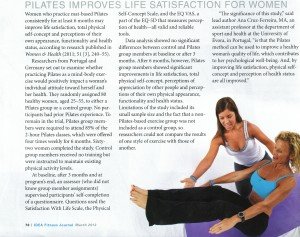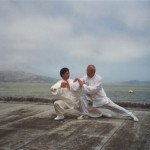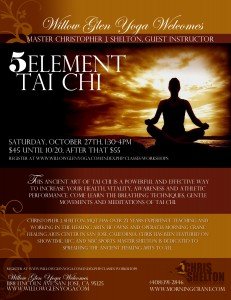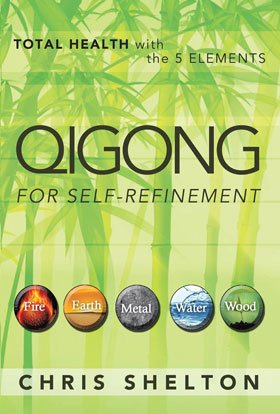Holiday Bash, Saturday, December 1, 5-8pm 
Join us for a potluck and receive a free Center & Balance CD (while supplies last)
Get your shopping done early! Jewelry by Laurie Kirk. Art by Craig Scoffone. Tai Chi by Chris Shelton. Bellydancing by Mizarah.
Parking is available in the back of the building.
RSVP @ https://morningcrane.com/workshops-events/
or call (408) 391-2846






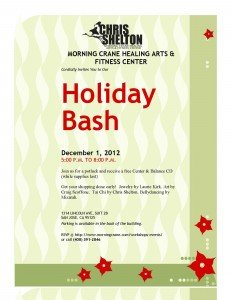

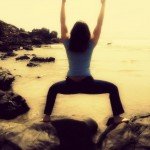
 ason has begun! With the passing of Halloween and the start of November it’s official. Although the holidays can be a stressful time of year, Morning Crane is your place to “De-stress for the Holidays!” We are your one-stop shop for all things health and wellness. Whatever your journey calls for — fitness classes, mind-body work, Medical Qigong, Acupuncture, or massage — we can help. Experience our commitment to your health & vitality TODAY!
ason has begun! With the passing of Halloween and the start of November it’s official. Although the holidays can be a stressful time of year, Morning Crane is your place to “De-stress for the Holidays!” We are your one-stop shop for all things health and wellness. Whatever your journey calls for — fitness classes, mind-body work, Medical Qigong, Acupuncture, or massage — we can help. Experience our commitment to your health & vitality TODAY! powerful time due to the collective energies that are affecting our lives and perspectives. Many of us are experiencing dramatic changes that are turning everything in our lives upside down, spinning us into opposite directions from where we thought they we going. We are being asked to LET GO, of prior plans, intentions, beliefs, relationships, jobs, whatever does not have relevance in this powerful transition. Then we can prepare to welcome in the new way of Being that is unfolding. The Mayan Calendar holds December 21, 2012 as “The Beginning” of a new phase of existence. In spite of the demands our consumer culture puts on us during this time of year, make sure to create lots of quiet time to tune in energetically and emotionally to what is changing in your life, and who is moving through these changes with you. Then you can feel connected to yourself, so you can focus on your dreams and passions of the larger version of your life coming into fruition during the next year. Make sure to take care of your physical body as it is all connected. During the next few months, we transfer from the Metal Element of Autumn and transition into the Water Element of winter. To support this change Chinese Medicine encourages us to pay attention the Water Element by nurturing your Kidneys. Now is the time to nurture you Kidneys by eating more fresh water fish like salmon, sole, code, sea bass, halibut. Sea veggies like kelp, sea weed and beef marrow broth are some of the recommended foods to help tonify your Kidneys. Look below to find a beautiful Kicharee winter recipe that will delight your taste buds and nurture you Kidneys. You may feel that you want to go to bed earlier. Listen to your body. Get plenty of rest. The “White Pearl” Meditation on Chris Shelton’s Center and Balance CD is a great way to fill you cup and strengthening your Kidneys.
powerful time due to the collective energies that are affecting our lives and perspectives. Many of us are experiencing dramatic changes that are turning everything in our lives upside down, spinning us into opposite directions from where we thought they we going. We are being asked to LET GO, of prior plans, intentions, beliefs, relationships, jobs, whatever does not have relevance in this powerful transition. Then we can prepare to welcome in the new way of Being that is unfolding. The Mayan Calendar holds December 21, 2012 as “The Beginning” of a new phase of existence. In spite of the demands our consumer culture puts on us during this time of year, make sure to create lots of quiet time to tune in energetically and emotionally to what is changing in your life, and who is moving through these changes with you. Then you can feel connected to yourself, so you can focus on your dreams and passions of the larger version of your life coming into fruition during the next year. Make sure to take care of your physical body as it is all connected. During the next few months, we transfer from the Metal Element of Autumn and transition into the Water Element of winter. To support this change Chinese Medicine encourages us to pay attention the Water Element by nurturing your Kidneys. Now is the time to nurture you Kidneys by eating more fresh water fish like salmon, sole, code, sea bass, halibut. Sea veggies like kelp, sea weed and beef marrow broth are some of the recommended foods to help tonify your Kidneys. Look below to find a beautiful Kicharee winter recipe that will delight your taste buds and nurture you Kidneys. You may feel that you want to go to bed earlier. Listen to your body. Get plenty of rest. The “White Pearl” Meditation on Chris Shelton’s Center and Balance CD is a great way to fill you cup and strengthening your Kidneys.